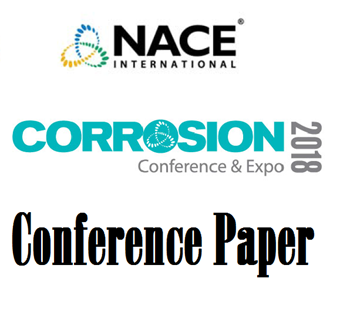Search
Products tagged with 'alloying element'
View as
Sort by
Display
per page
51318-10997-Effect of Alloying Elements on the Corrosion Behavior of Carbon Steel in CO2 Environments
Product Number:
51318-10997-SG
Publication Date:
2018
$20.00
Corrosion under Hot Dilute Acidic Pre-Hydrolysis Biorefining Process
Product Number:
51320-15438-SG
Publication Date:
2020
$20.00
Effects of Minor Alloying Elements on the Metal-Dusting Behavior of Ni-Based Alloys
Product Number:
51320-14657-SG
Publication Date:
2020
$20.00
Metallurgical Aspects of HTHA in CS Below Traditional Nelson Curve Values
Product Number:
51320-15062-SG
Publication Date:
2020
$20.00




